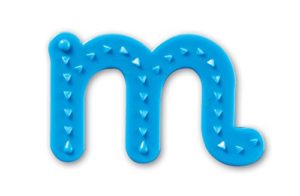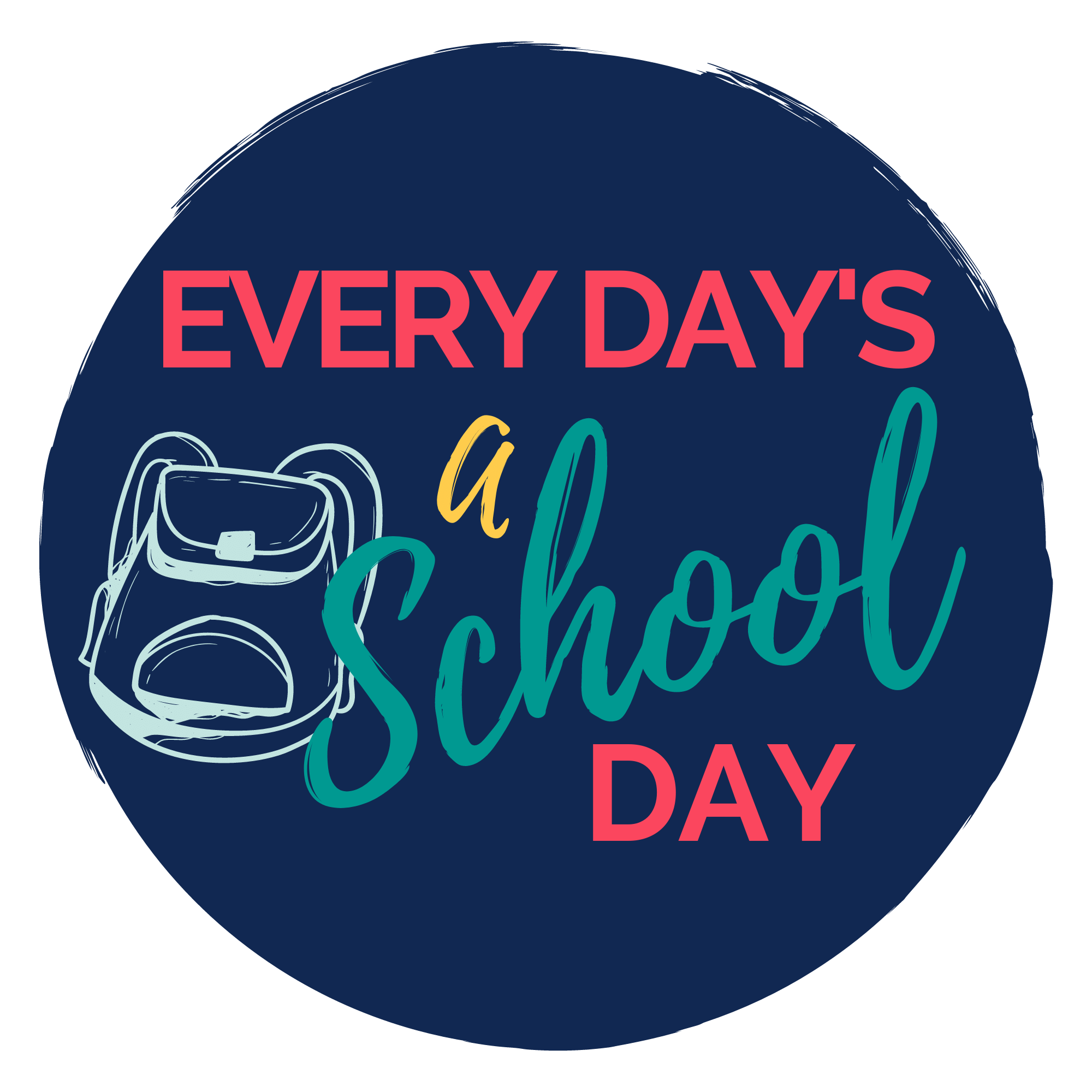We’ve all heard of it…but does anyone actually know what it is? Ever wondered what the heck teachers are talking about in your child’s report or during parent’s evening when they mention phonics? Well, quite simply, phonics is HOW children are taught to read and write. It’s basically words broken into sounds (a bit like syllables). The children then use this information to read words and spell words. Simple, hey?….Well, in principle it is! But I was never taught like that I hear you cry!! No, but learning sounds help children spell and read by breaking down each word rather than just learning rules.
During the course of the first few years of school, your child will learn all of the sounds that are needed to help them spell and read words. Phonics is grouped into levels of difficulty and these groups are called Phases (we will be covering this in a separate post that’s coming soon). Your child will be taught the sounds in each Phase and taught rules that apply to these sounds. There are, of course, a few words that we cannot apply these rules to and these are called Tricky words or Common Exception Words (we will also go into this in more detail). What is helpful is that for most schools the book(s) that your child brings home from school should only feature words that they have been taught during their phonics and literacy sessions. Lots of schools use coloured book bands which show different levels of sounds that have been taught and they get harder as they move through the bands.
There is a wealth of resources to help support your child’s learning of these sounds on the internet. If you pop into google ‘Phase 2 (where’s Phase 1, don’t you worry, we’ll come back to that) phonics’ it will provide you with enough material to keep you going for weeks!! Just have a listen to some of the sounds and this should help you understand what this process is all about.
Here’s a short video about some of the sounds that your children will learn during phonics:
Tactile letters
These little letters just shout out to be played with. The rough texture helps with tracing and practicing letter formation. There are even little dots to show you where to start the letter!

More posts will be coming soon with information about the phonics jargon. Each post will give you a simple explanation of each term and signpost ways to support your child at home through fun activities or online resources.
Any questions just comment below or contact us via Instagram.


This is really helpful, well done Vix!